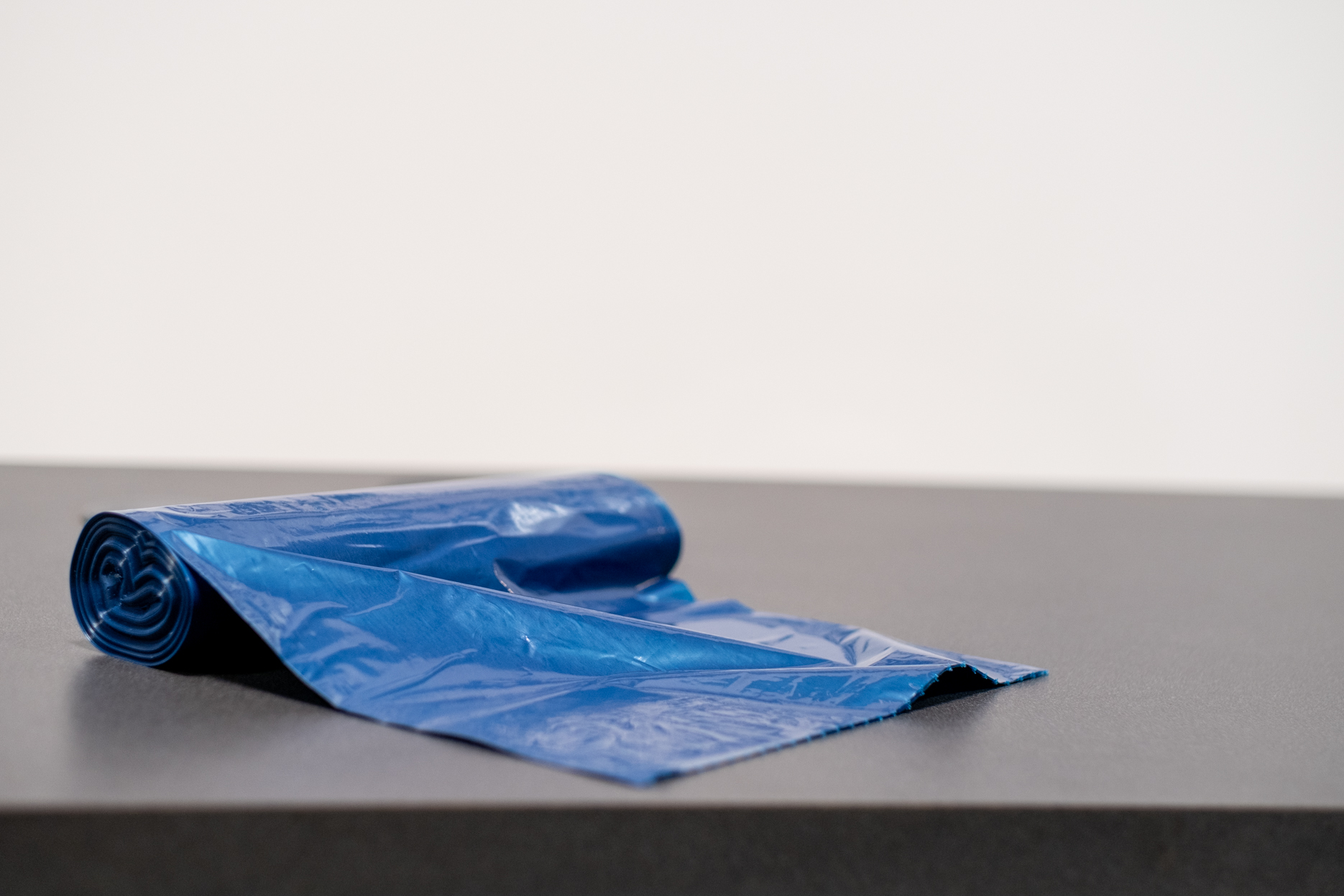Many facilities are using up to 30% more can liner than they actually need. Did you know you can save thousands of dollars by switching to the right can liners?
Using the wrong liner can result in unnecessary hazards, and wasted money. A liner that’s too small may fall into the receptacle or be stretched to the point of tearing, making more work for your staff. A bag that’s too big or stronger than necessary can dramatically increase your overall supply costs.
So how do you choose the right can liner?
Here are the four key criteria to consider:
1. Size
One of the most important factors in selecting a can liner is the size. Bags should fit snugly around upper rim of can and the bottom of the bag should nest flat at the bottom of the trash can. Excess overhang or too much bag at the bottom of a trash can is a waste of resources and money.
Unfortunately, the standard trash bag sizes offered by many companies will not fit properly into every receptacle. At Maintex, we offer a wide variety of sizes to fit every can. Our experts can save you money by helping you choose the perfect fit.
2. Strength
There are two main types of resin used to make can liners - high density and low density polyethylene.
High density liners are less expensive. They have an excellent odor and moisture barrier and are very strong. However, the dense molecular structure causes this type of liner to zipper when torn, so it’s preferable for lightweight or soft trash applications, such as office desk trash and bathroom paper towels.
Low density liners have a greater film strength, allowing for high puncture and tear resistance. Low density liners are excellent for use in wet or heavy trash applications.
3. Color
Can liners come in a variety of standard colors, which may indicate a specific purpose.
White, clear, black, and brown are standard liner colors and may be used for general waste collection.
Green can liners usually indicate that the contents on the inside are “Green” or compostable so the waste hauler will direct this bag to their compost yard.
Red can liners are typically used only for hazardous waste. Hospitals or chemical manufacturers will use these types of bags because they are picked up by a special hazardous waste agency and delivered to a waste disposal and storage yard.
Blue and yellow can liners are typically used in hospitals to collect soiled linens from patient rooms. This is again a special type of collection that is delivered to a laundry company who washes the linens for healthcare applications.
Orange can liners are typically used by government transportation agencies for roadside collection and or construction.
4. Seal
The seal is the way the bottom of a can liner is bonded shut. The three common types of seals are flat, gusseted, and star.
A flat seal is the most basic type of seal. It looks like a straight line along bottom of a bag. Flat seals are strong and leak resistant, but may be weaker are the corners and may not conform as well to a variety of garbage can shapes.
A star seal is sealed in a single spot. A star (or “x”) sealed bag is virtually leak proof and can hold very heavy or wet garbage. It is also a versatile bag style that can conform to many trash can shapes.
A gusseted seal is sealed on the bottom and the sides are tucked in to form gussets, or extensions. This is a popular choice for many types of trash cans because trash placed in a gusset sealed bag tends to spread to all areas of the bag. Gusset sealed bags are not the best for liquids, as they may leak.
The Clean Up
The most important thing is to choose the right can liner for your application so you don't throw your money out with the trash. At Maintex, we offer a wide variety of can liner sizes and styles. Let us help you choose the perfect fit.



